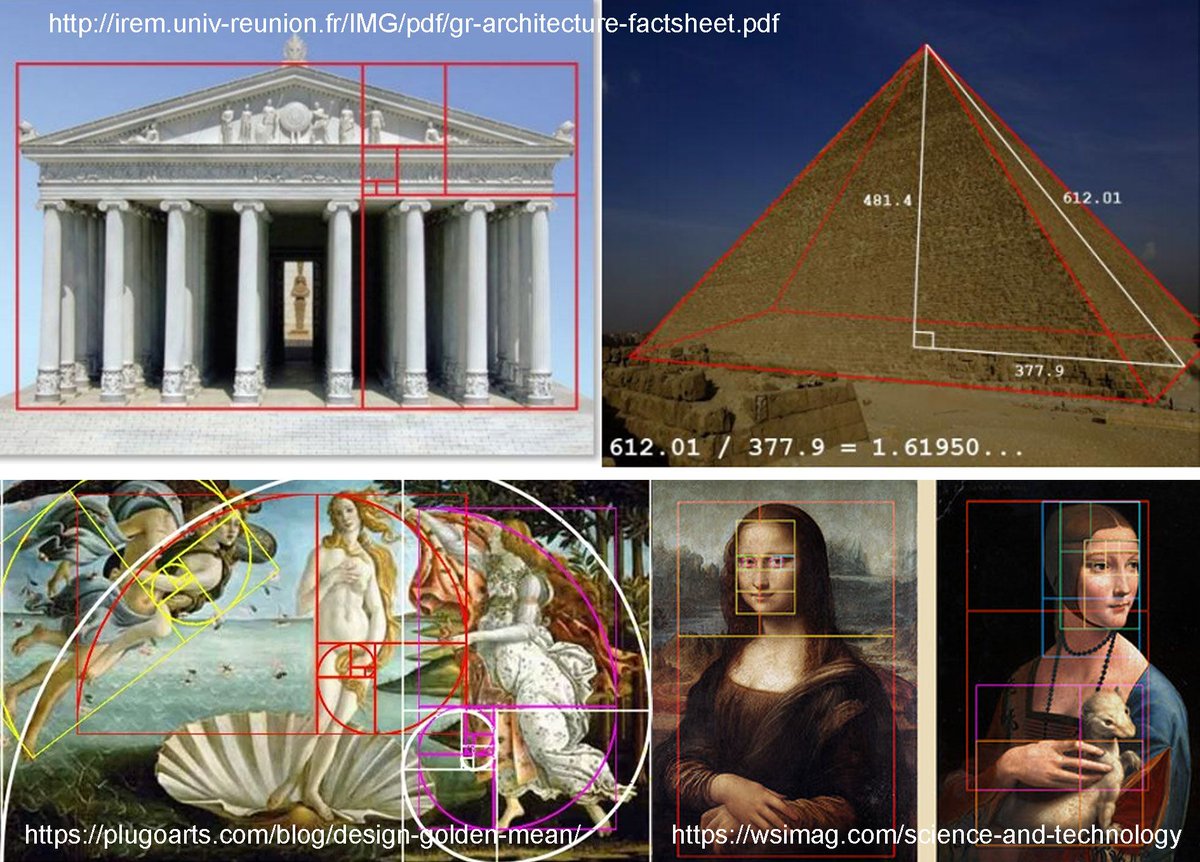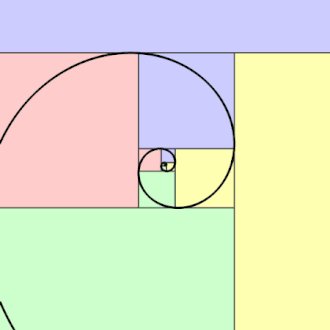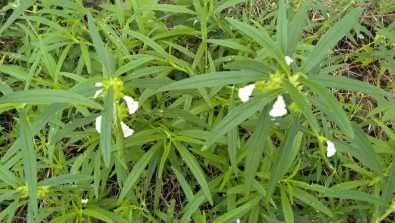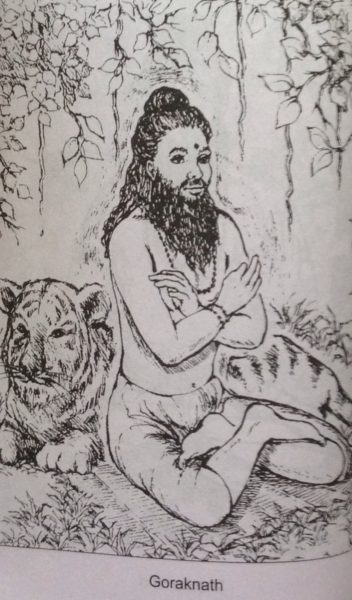STEP 1: Decide on what kind of project you want to work on. I was inspired by Pudgy Penguins but you don’t have to stick to animals.
After I put Tech Rats 🐭 on @opensea last week, I got a lot of questions/DMs asking how I did it.
I taught myself/Googled everything but here’s my guide:
✨Generative NFT Art Collections 4 Dummies✨
Step by step instructions on what I did as a non-technical beginner
STEP 1: Decide on what kind of project you want to work on. I was inspired by Pudgy Penguins but you don’t have to stick to animals.
I used Adobe Illustrator for this. You can use other programs as well, but Illustrator worked the best for my concept.
Layer 1: Background
-10 colors
Layer 2: Animal Body
-5 colors
Layer 3: Head accessory
-10 items
Layer 4: Face accessory
-10 items
The random combination of these layers results in thousands of unique images.
- 10 images of 10 background colors
- 5 images of your animal in 5 different colors (transparent background)
-10 images of head accessories (just accessories nothing else)
-10 images of face accessories (just accessories nothing else)
This YouTube video is super straightforward and explains everything step by step.
https://t.co/XU49mPkpA6
1. Download GitHub folder, Node.js, Visual Studio
2. Swap out your images with ones in GitHub folder, modify code, order layers
3. Set the number of images you want created (ie 100, 500, 1K, etc.)
4. Run it
5. Your files will appear in the output folder
Ok so this is where it gets a little tricky. From my research, I found 3 options
1. Your own smart contract (what most do, hard for non-technical folks)
2. Automation software (ie Leapwork & create a flow)
3. Manually (time-consuming but easy)
If you’re really set on a bigger collection, you can spend more time exploring the first two options or find a friend who can help :)
OpenSea charges a one-time registration fee. I paid ~$120
Gas fees for each NFT aren’t paid until item sells.
Buyers -> pay gas fees when buying fixed-price items
Sellers -> pay gas fees when accepting offers
You can pick a set price, bid, or other pricing option.
And that’s it! You can start selling NFTs from your collection.
648 rats in total (releasing more weekly)
I’d also appreciate you sharing NFT-related resources so I can learn more 🤓 (v new to this!)
https://t.co/6Slyrvnz07
More from All
You May Also Like
@EricTopol @NBA @StephenKissler @yhgrad B.1.1.7 reveals clearly that SARS-CoV-2 is reverting to its original pre-outbreak condition, i.e. adapted to transgenic hACE2 mice (either Baric's BALB/c ones or others used at WIV labs during chimeric bat coronavirus experiments aimed at developing a pan betacoronavirus vaccine)
@NBA @StephenKissler @yhgrad 1. From Day 1, SARS-COV-2 was very well adapted to humans .....and transgenic hACE2 Mice
@NBA @StephenKissler @yhgrad 2. High Probability of serial passaging in Transgenic Mice expressing hACE2 in genesis of SARS-COV-2
@NBA @StephenKissler @yhgrad B.1.1.7 has an unusually large number of genetic changes, ... found to date in mouse-adapted SARS-CoV2 and is also seen in ferret infections.
https://t.co/9Z4oJmkcKj

@NBA @StephenKissler @yhgrad We adapted a clinical isolate of SARS-CoV-2 by serial passaging in the ... Thus, this mouse-adapted strain and associated challenge model should be ... (B) SARS-CoV-2 genomic RNA loads in mouse lung homogenates at P0 to P6.
https://t.co/I90OOCJg7o

@NBA @StephenKissler @yhgrad 1. From Day 1, SARS-COV-2 was very well adapted to humans .....and transgenic hACE2 Mice
1. From Day 1, SARS-COV-2 was very well adapted to humans .....and transgenic hACE2 Mice
— Billy Bostickson \U0001f3f4\U0001f441&\U0001f441 \U0001f193 (@BillyBostickson) January 30, 2021
"we generated a mouse model expressing hACE2 by using CRISPR/Cas9 knockin technology. In comparison with wild-type C57BL/6 mice, both young & aged hACE2 mice sustained high viral loads... pic.twitter.com/j94XtSkscj
@NBA @StephenKissler @yhgrad 2. High Probability of serial passaging in Transgenic Mice expressing hACE2 in genesis of SARS-COV-2
1. High Probability of serial passaging in Transgenic Mice expressing hACE2 in genesis of SARS-COV-2!
— Billy Bostickson \U0001f3f4\U0001f441&\U0001f441 \U0001f193 (@BillyBostickson) January 2, 2021
2 papers:
Human\u2013viral molecular mimicryhttps://t.co/irfH0Zgrve
Molecular Mimicryhttps://t.co/yLQoUtfS6s https://t.co/lsCv2iMEQz
@NBA @StephenKissler @yhgrad B.1.1.7 has an unusually large number of genetic changes, ... found to date in mouse-adapted SARS-CoV2 and is also seen in ferret infections.
https://t.co/9Z4oJmkcKj

@NBA @StephenKissler @yhgrad We adapted a clinical isolate of SARS-CoV-2 by serial passaging in the ... Thus, this mouse-adapted strain and associated challenge model should be ... (B) SARS-CoV-2 genomic RNA loads in mouse lung homogenates at P0 to P6.
https://t.co/I90OOCJg7o


























